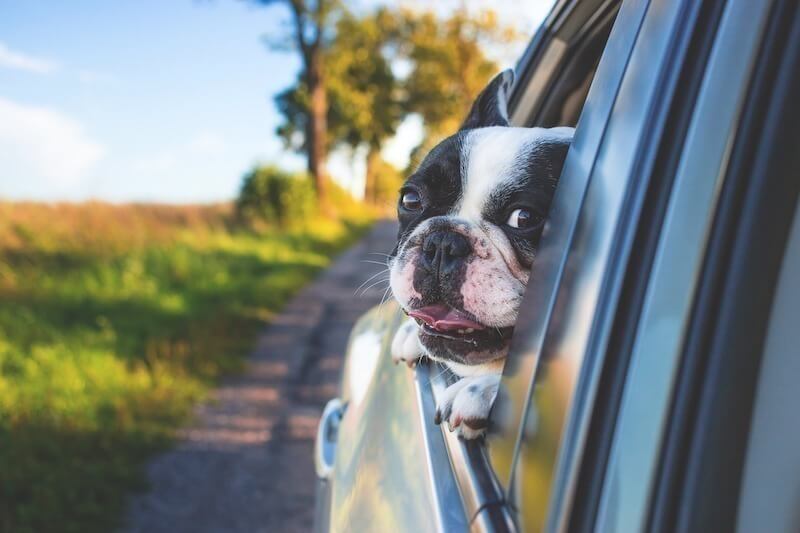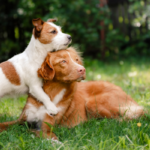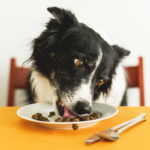If your dog has not become familiar and relaxed as a puppy to frequent trips in the car it is likely that they may be nervous car travellers.
Dogs, like us, can get motion sickness and can then associate the car with a feeling unwell. The forwards movement of the car combined with the sideways movements of objects seen from the car are confusing to the brains balance system and can cause nausea. The stop-start and rocking motions of the car can also be very unsettling for many dogs.
Signs that a dog is uncomfortable with car travel vary from being restless, panting and drooling to vocalising, extreme restlessness and vomiting. If you think your dog has shown signs of nausea there are non-sedating, anti-nausea medications that can be prescribed by your vet which will help your dog begin to enjoy car trips more easily. Your dog is part of the family and helping them enjoy car trips means they can be included in drives to the beach, day trips and much more.
Try some of these useful tips to get your dog loving their car trips:
- The pheromone Adaptil calms dogs. The spray can used on the dog blanket in the car, it lasts 2 hours and can be re-sprayed for longer trips. Reduce the movements that can startle dogs by darkening the side windows using shades or placing a dark blanket over the dog crate.
- Teach your dog to be comfortable wearing a car harness or enter a crate in locations around the house. The crate can then be relocated to the car or the harness clipped to a seat belt for car travel. There is less movement in the foot well of cars and this location can be used for small dogs. Locations for larger dogs are the back seat or behind the cargo barrier.
- Start within their comfort zone. This means that if your dog is afraid of the sight of the car you will begin training from the first step. If your dog is settled until 15 minutes of travel you may begin the training with stopping trips every 10minutes. It’s better to start slowly rather than progress too quickly and have your dog show anxiety.
- Associate the presence of the car with things your dog loves. This may mean feeding them their favourite treats next to the car or playing a game near the car.
- If your dog is comfortable around the car open the doors and allow your dog to enter and exit the car for a food reward. Progress to sitting in the back seat or boot with your dog for a few moments before exiting with them. Spend up to 10 minutes in the car with your dog and move to the next stage when they are able to sit or lie next to you relaxed with the doors closed, with harness clipped or crate closed.
- Turn the engine on and practice the previous step.
- Have someone drive the car with you just down the driveway. Ask your dog to exit the car and have a bit of a sniff around, then ask them back into the car and drive back up the drive. Gradually increase the time of car travel to going around the block and out for a short walk.
- Increase the time of car travel gradually with stops at least every hour for a walk and toilet opportunity. Take your dog often to places it enjoys, like the beach, to reinforce that car trips mean fun with their human family.






